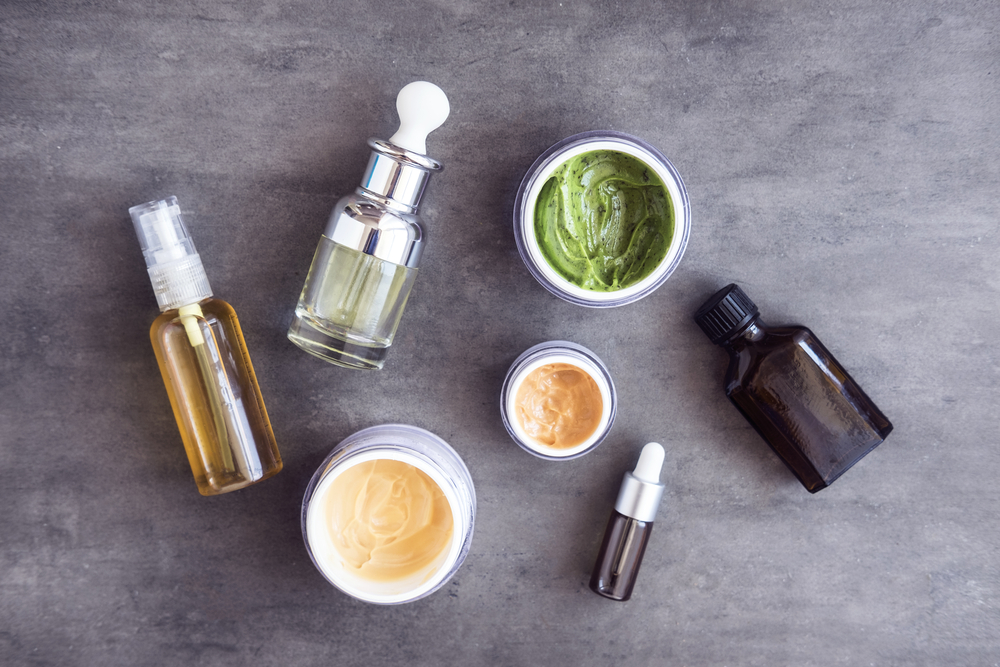 Acids are often used in professional beauty treatments. Their nourishing properties were known already in antiquity – lemon juice was very popular and women loved bathing in milk. Get to know AHA, BHA, LHA and PHA acids.
Acids are often used in professional beauty treatments. Their nourishing properties were known already in antiquity – lemon juice was very popular and women loved bathing in milk. Get to know AHA, BHA, LHA and PHA acids.
For many people, the term “acids on the face” are not associated with a professional cosmetic treatment, but it raises negative associations. Sounds a bit like a torture, but there is nothing to fear. If cosmetic acids were harmful, they certainly would not be so willingly used in beauty treatments. Appropriately matched to the needs of the skin, acids can work wonders, which is why women appreciate their properties so much.
Acids in cosmetics – action, types
They are included in the so-called exfoliants, meaning substances exfoliating dead skin cells. However, you must know that cosmetic acids are much more versatile – they stimulate cell renewal and even help to cure acne. They are also often used in rejuvenating treatments. You can apply them both to the body and to the (much more delicate) skin of the face. Acid treatments are suitable regardless of age.
There are four types of acids:
- AHA acids (alpha-hydroxy acids),
- BHA acids (beta-hydroxy acids),
- LHA (lipo-hydroxy acids) acids,
- PHA (poly-hydroxy acids).
What’s the difference? First of all, the chemical structure, as well as the way they act on the skin. Some of the acids have a much more intense effect, while others are weaker. This gives you the opportunity to match them to your needs. In beauty salons, the most frequently used are AHA acids and BHA acids.
Properties of acids
- They regulate cellular renewal processes by exfoliating calloused epidermis.
- They improve the elasticity of the skin, thereby reducing fine wrinkles.
- They lighten discolourations and small scars, e.g. acne scars.
- They work antibacterially and unclog pores, preventing pimples and blackheads.
- They prepare the skin for absorbing nutrients from cosmetics.
- They improve hydration and firmness of the skin, supporting the synthesis of collagen, elastin and hyaluronic acid.
AHA acids
Treatments with AHA acids are most often recommended for people with mature skin because they are regularly used to moisturize, relax, lighten and stimulate skin regeneration. In higher concentration, they have anti-acne qualities and may limit skin oiliness. Their main task is to exfoliate the dead skin cells.
AHA acids can also be found in nature:
- lactic acid – present in buttermilk, yoghurt, sour milk, silage,
- glycolic acid – obtained from reeds and fruits (grapes, apples, gooseberries),
- malic acid – occurs mainly in apples,
- citric acid – found in citrus, pineapple or kiwi,
- almond acid – appears in almonds, cherries, peaches and apricots.
An important feature of AHA acids is that they dissolve in water, making them better tolerated by the skin. Therefore, masks, creams and scrubs are very often enriched with them, of course, used in low concentrations that are safe. High concentrations of AHA acids work more intensively, so they can only be applied by a qualified person.
BHA acids
The most popular BHA acid is the well-known salicylic acid. Where does it come from? You can obtain it from birch, rosewood, chamomile or raspberry. It works deeper than AHA acids, therefore it is recommended for exfoliating thickened skin. It supports acne treatment because it has antibacterial and anti-inflammatory properties. Contrary to the myths, BHA does not dry out the skin, but it cleanses the pores well and facilitates the removal of blackheads. In this case, not only the concentration is important, but also the pH – if it’s close to natural, it may weaken the effect of BHA acid,
LHA acids
PHA acids are much less popular. Probably because they are often not distinguished as a separate group – they are a derivative of BHAs. They have similar effects to salicylic acid (they cleanse open pores, reduce acne), but are much less irritating. This is due to the different structure and the fact that they are more slowly absorbed into the epidermis.
PHA acids
They are most rarely used, due to being innovative and only recently introduced to the market, PHA – gluconolactone, glucoheptanolactone and lactobionic acid. It can be said that they are milder and safer version of AHA acids. They work slower, and thus, they are long-lasting, they do not cause irritation, flaking of the skin, no burning and redness appear. They are ideal cosmetic acids for people with sensitive skin, with psoriasis, rosacea, seborrheic dermatitis or eczema.
Fun Fact! Azelaic acid is also an equally multitasking, effective and popular acid used in skin care, but it cannot be included in any of the above groups.






Leave a Reply